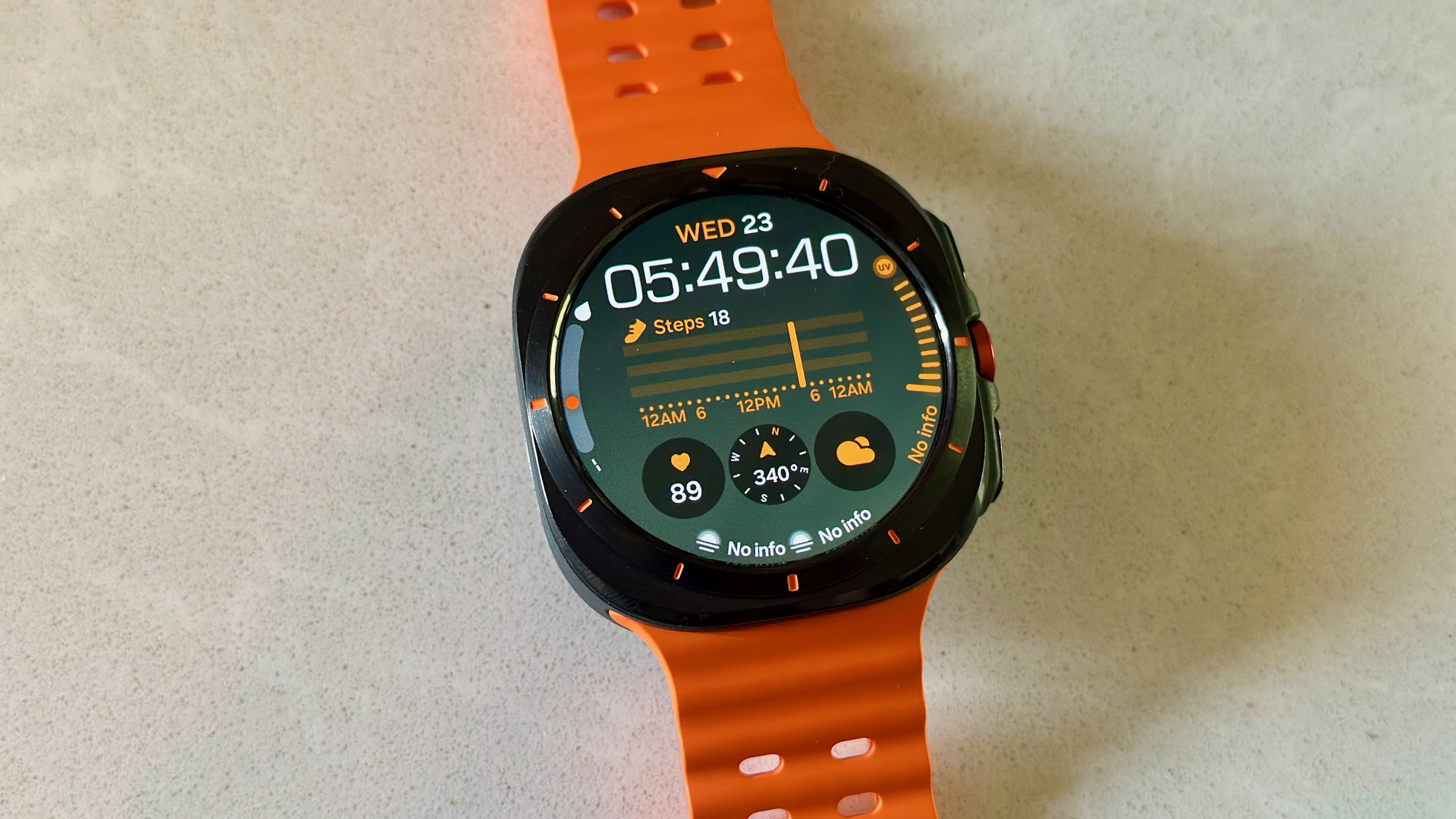Top fitness smartwatches and trackers in 2025 - the best tools for tracking health, activity, and more
We found the best fitness trackers and watches that balance fitness tools with actual 'smarts' like apps and voice assistants.
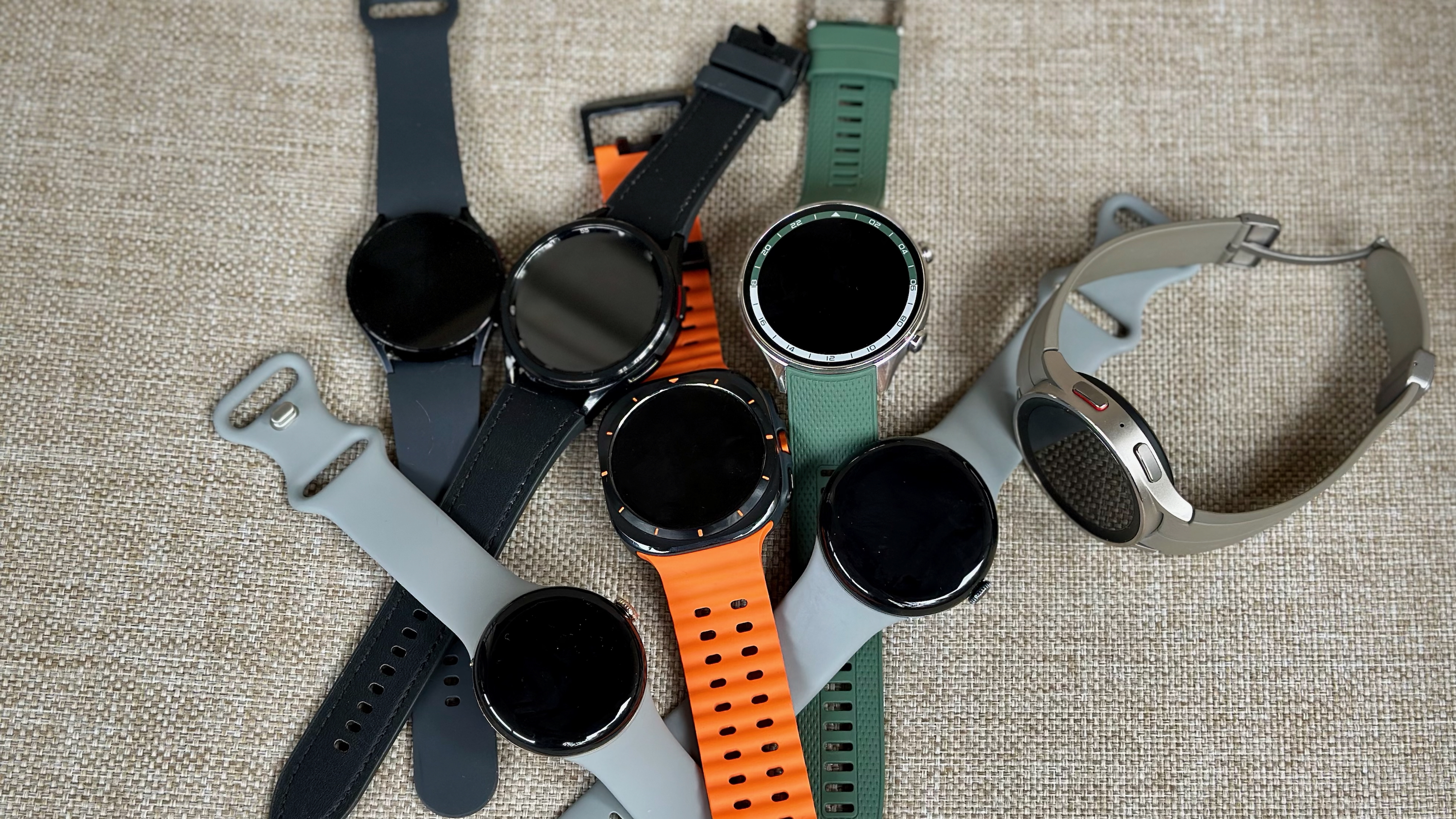
At a glance
1. Best fitness tracker
2. Best fitness smartwatch
3. Best budget
4. Best battery
5. Best for health
6. Best all-around alternative
7. Best for runners
8. Best for beginners
How to choose
Smartwatches have come a long way from their inception, starting out as wrist notification managers and evolving into bona-fide fitness trackers. They have modern sensors that can monitor your vitals, track your workouts, and even use AI to improve your training. They come with top-notch features in the areas beyond the usuals, like built-in GPS, stress monitoring, detailed sleep stages, readiness scores, 24/7 heart rate monitoring, and more.
I've tested dozens of smartwatches and fitness trackers over the years, so I have a good idea of what models are best and which rank among the best when it comes to fitness. But it's also a personal choice. You want one that fits your lifestyle when it comes to design, additional features, battery life, and even the specific activity you enjoy, whether that's hiking through the mountains, going for morning 5Ks, or strength training at the gym. Here, you'll find a fitness tracker or smartwatch that fits your needs.

Michael Hicks is Android Central's resident smartwatch geek, having reviewed or tested dozens of wearables from Samsung, Google, Apple, Garmin, Fitbit, Coros, Polar, Withings, Amazfit, and others. He spends his free time running or hiking while wearing several watches at once, testing which is most accurate.
At a glance
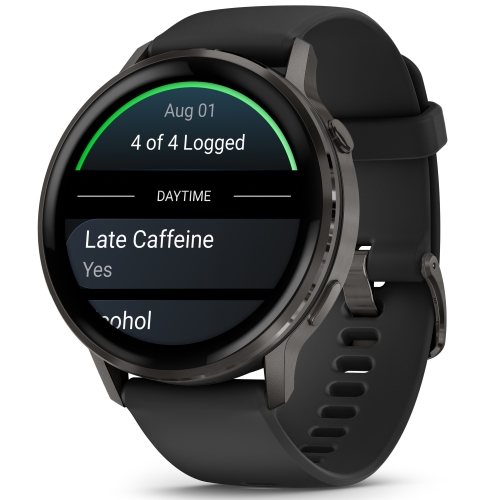
Best fitness tracker
The Garmin Venu 4 features a mic and speaker for calls, smart assistant support, robust sleep tracking with circadian sleep guidance, and in-depth fitness coaching.
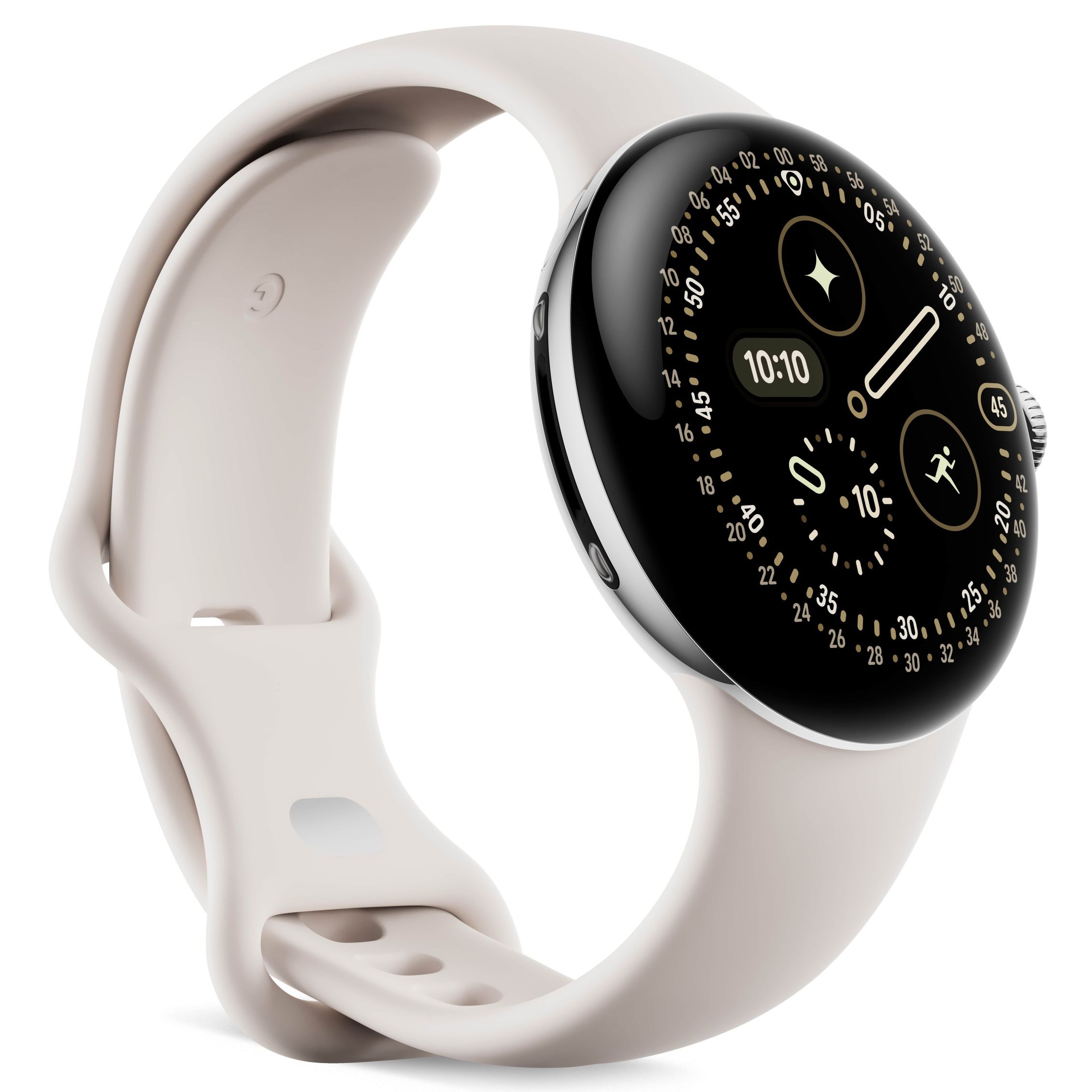
Best fitness smartwatch
Whether you love or hate Fitbit Premium, the Pixel Watch 4 is fantastic because it's a proper Wear OS smartwatch with comprehensive AI-based health and fitness features.
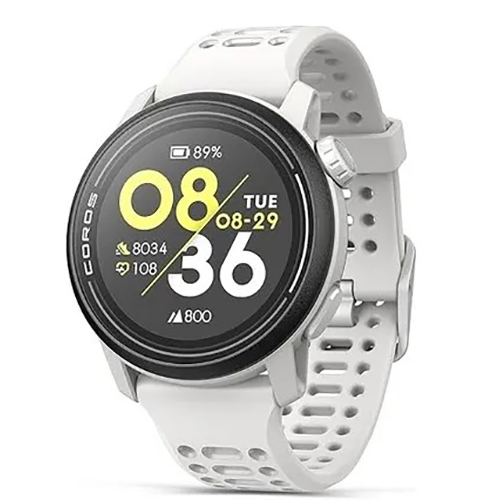
Best budget
Most of the best fitness watches are expensive. The COROS Pace 3 delivers exceptional value, offering top-tier training tools at a budget-friendly price, making it especially appealing to serious runners.
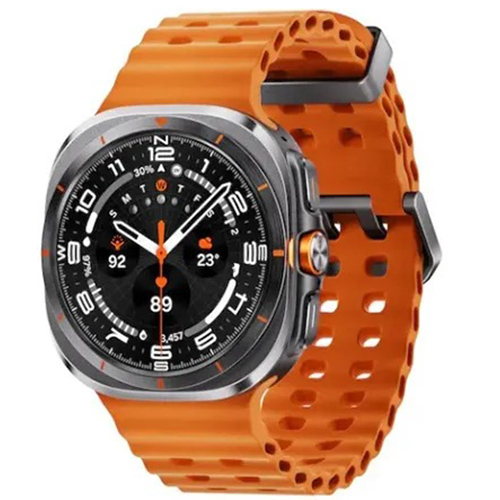
Best battery
Don't sacrifice battery life for performance. The Galaxy Watch Ultra lasts two to three days, boasts a rugged casing, and offers very accurate health tracking.
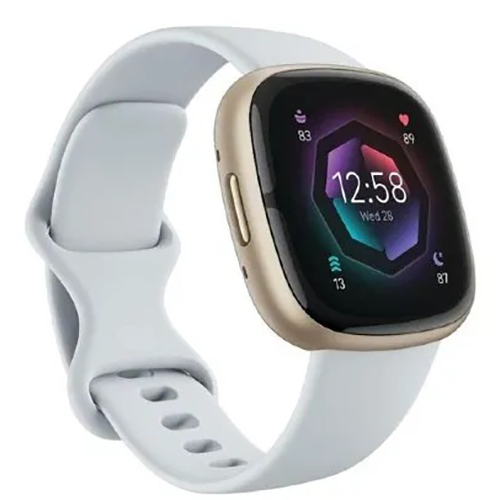
Best for health
Another fitness-focused model, the Sense 2, offers more than just the best health sensor suite: thanks to Google's acquisition, it also features Google Maps and Wallet, in addition to its Fitbit software.
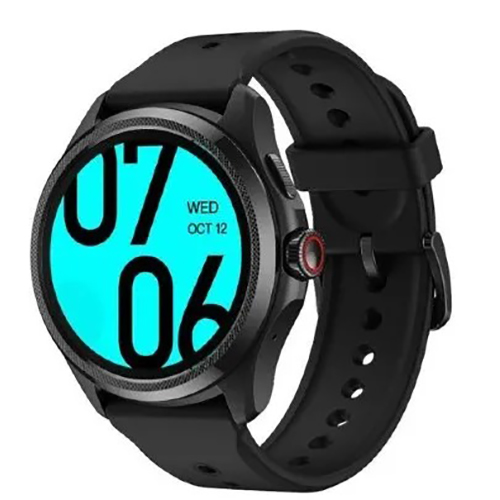
Best all-around alternative
With the largest battery and fastest Snapdragon chip on this list, the TicWatch Pro 5 lasts 2–3 days per charge (or even longer with Essential Mode), challenging the Watch 5 Pro. You can even get recommended recovery times.
Load the next 2 products ↓
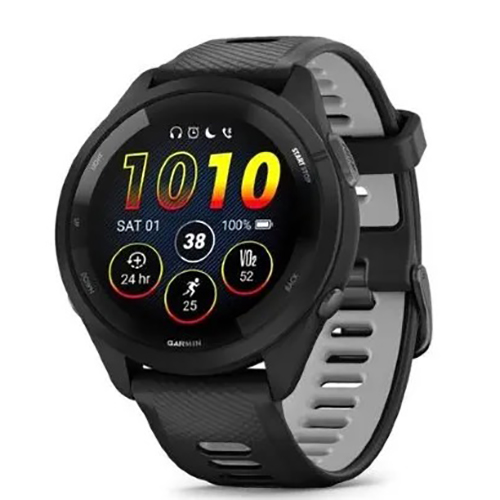
Best for runners
This Garmin watch skips the most typical smart features. Instead, its vibrant AMOLED display delivers in-depth training metrics for running, swimming, and cycling, all with no subscription required.
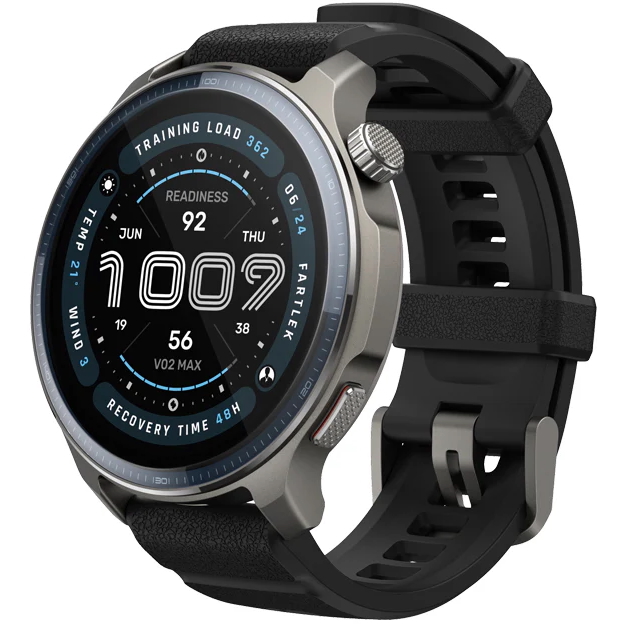
Best for beginners
Most of the best fitness smartwatches cost over $300. But if you're looking for something closer to $150, Amazfit has packed a lot of essentials into this attractive budget package.
Best fitness tracker
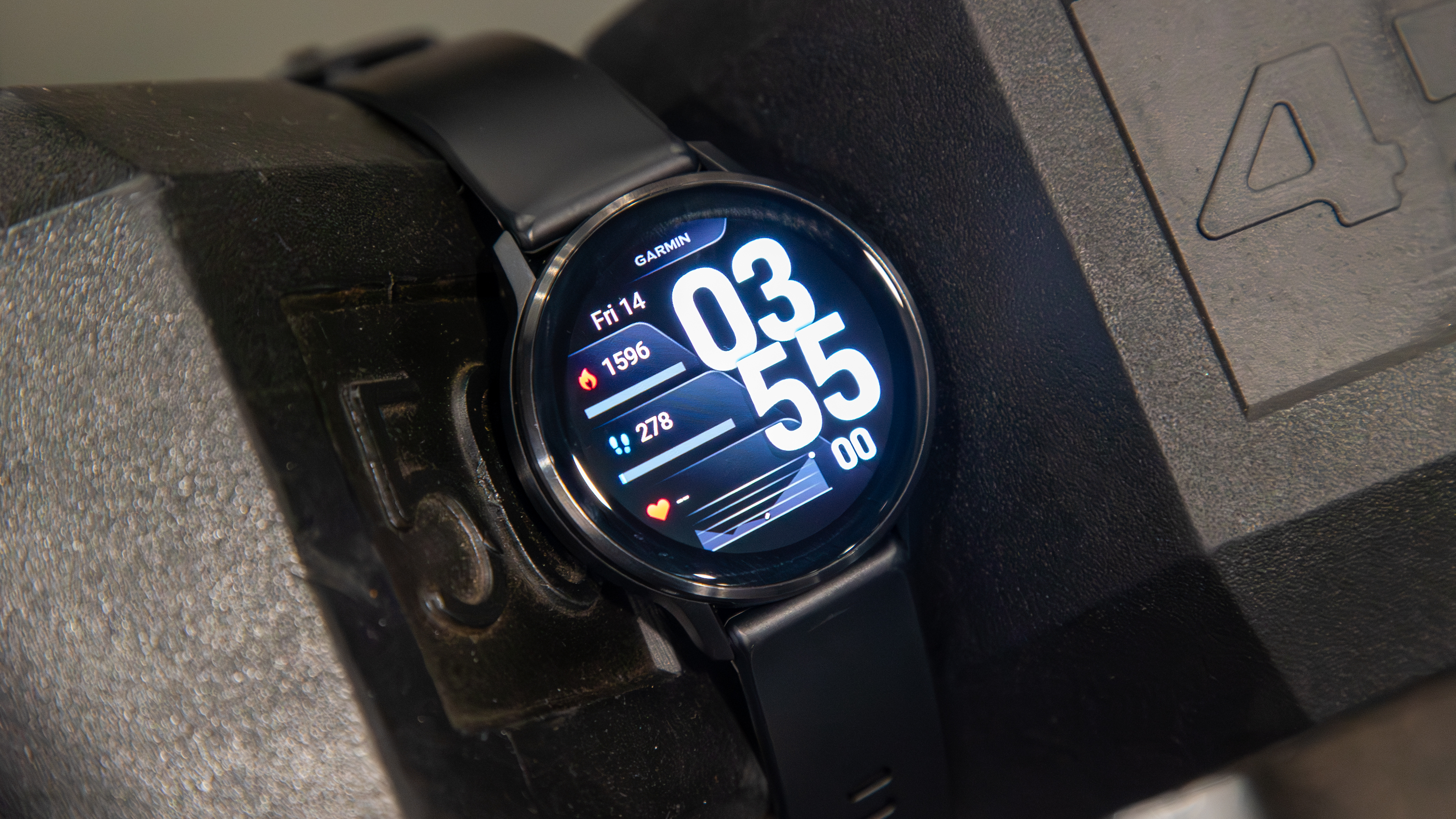
Specifications
Reasons to buy
Reasons to avoid
We could list the best Garmin watches, as the company offers various models with the same core features, including training, health data, and recommendations to help athletes improve their performance. Our choice is the Venu 4 since it's the closest option to a "mainstream" smartwatch. While it isn't as lightweight compared to the last-gen Venu 3, it still isn't anywhere near as bulky as most Garmin models. It also features Spotify playlist support, a built-in mic, voice assistant commands, and a microphone and speaker.
With Garmin's updated Body Battery, you can track your heart rate, blood oxygen (SpO2), HRV-based stress levels, and nighttime skin temperature trends. You can even learn how your energy changes after drinking or meditating. The Sleep Coach offers personalized advice to help you improve your sleep, including new circadian sleep guidance. There are 40 new sports modes in the Venu 4, as well as new features like Health Status and Lifestyle Logging.
The Venu 4 takes post-workout recovery seriously, estimating how long your body needs to rest based on your fitness level and workout intensity. Its Workout Benefit screen breaks down how each session affects your VO2 Max, a key indicator of cardiovascular fitness, and lets you know when to push harder or ease up. You can also build your indoor workouts from a huge library of exercises, each with animated step-by-step guides that help you nail the form.
It doesn't have the app ecosystem of an Apple or Galaxy Watch. Garmin added a two-week battery life, better GPS satellite accuracy, reliable heart rate data, and Garmin Coach tools to help you where a mainstream smartwatch can't.
Best fitness smartwatch
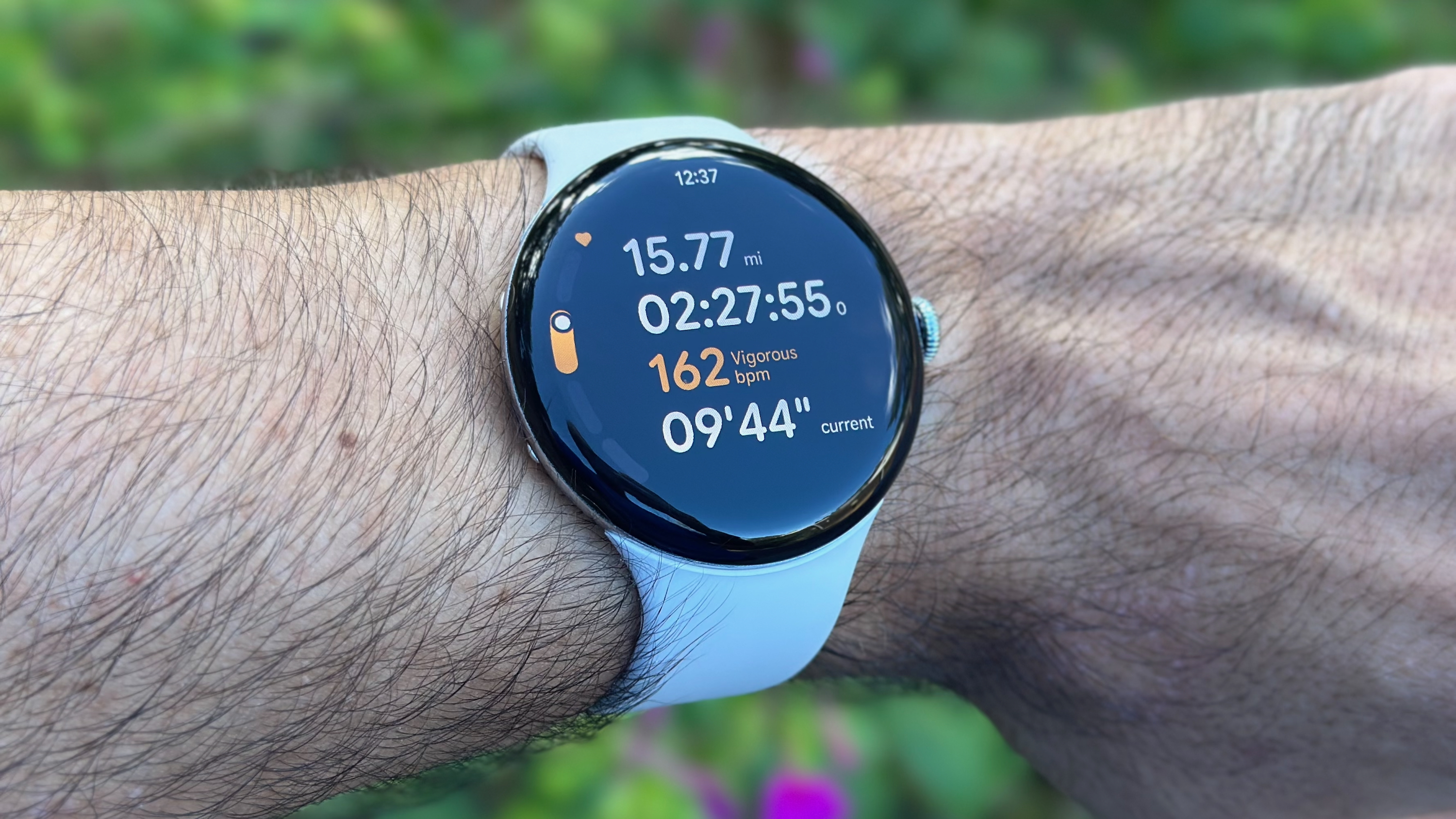
Specifications
Reasons to buy
Reasons to avoid
The Google Pixel Watch 4 ranks as our second favorite Android smartwatch, very narrowly defeated by the Samsung Galaxy Watch 8. Don't let the familiar design fool you; under the hood, it's a meaningful upgrade over the Pixel Watch 3.
Like the previous model, the Watch 4 combines Google's software smarts with Fitbit's deep health tracking. You still get features like continuous electrodermal activity (cEDA) tracking to gauge stress levels, along with nightly skin temperature and blood oxygen (SpO2) monitoring, as well as passive atrial fibrillation (AFib) detection to help identify irregular heart rhythms. You also receive six months of Fitbit Premium, which unlocks more detailed insights. However, even without it, your essential health data remains available.
The Pixel Watch 4 offers reliable fitness tracking, similar to its predecessor, and now comes with a Gemini-based fitness coach. Google made the watch available in two sizes, 41mm and a larger 45mm model. The displays are also larger with slimmer bezels, making it feel like an A-tier device. Google went ahead and upgraded the battery once again, giving us 25% more than the Watch 3's battery.
The Pixel Watch 4 offers reliable health and sleep tracking, a variety of workout modes, vastly improved Tiles thanks to Material 3 Expressive, and plenty of cool Gemini features.
Best budget
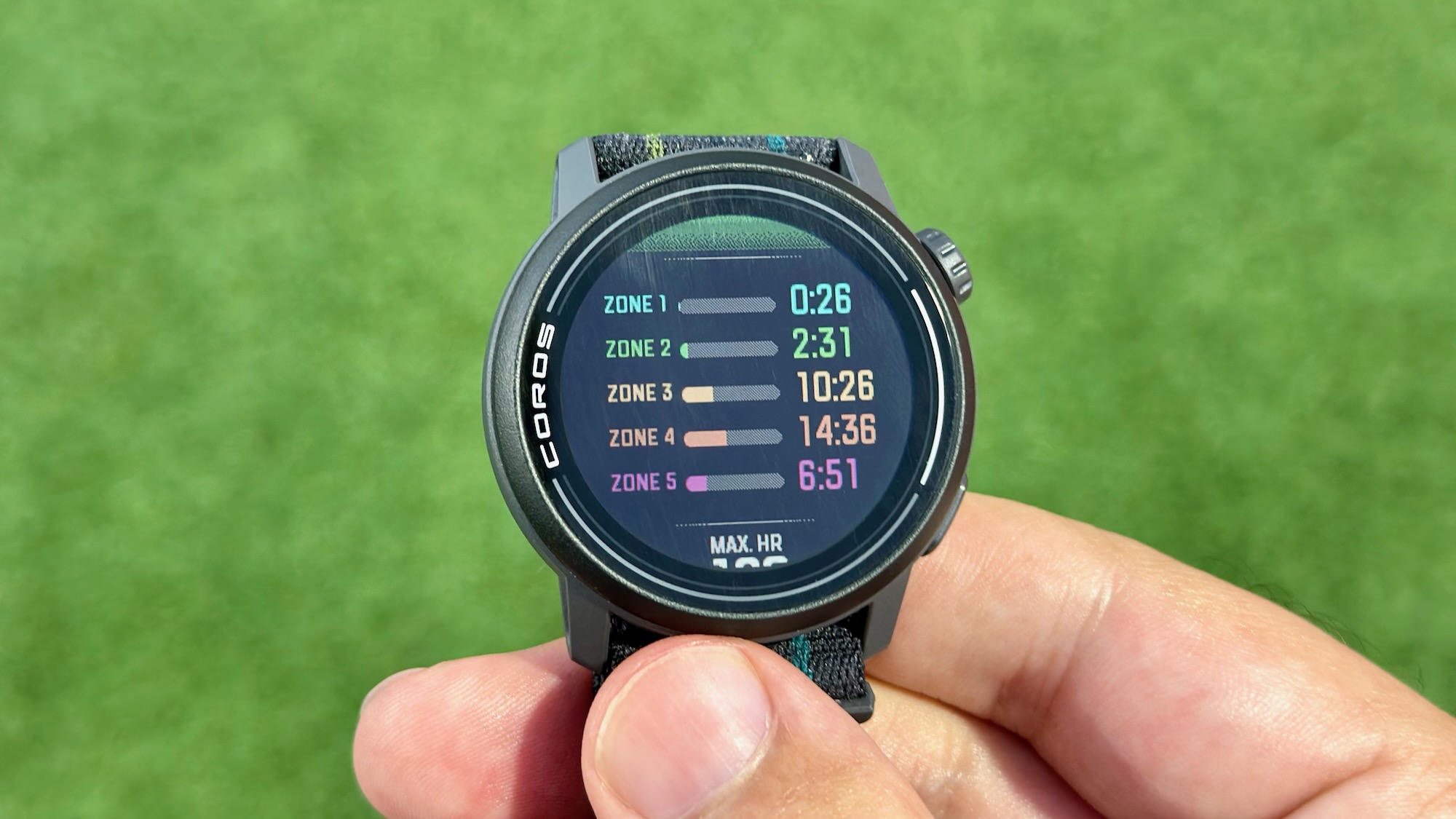
Specifications
Reasons to buy
Reasons to avoid
COROS might not have Garmin's name recognition, but it delivers powerful training features in a slimmer, more affordable package. In our review, we named the COROS PACE 3 the best budget-friendly running watch of the year, and we're still not convinced anything else has stopped it. Even though the newer COROS PACE Pro is out, the COROS PACE 3 still delivers better value.
The PACE 3 delivers impressive, accurate GPS tracking, making it a great companion for outdoor athletes. It gives reliable data on training load, workout effects, and recovery time. And if you're just getting started, its built-in running test estimates your VO2 Max and helps tailor your training from the ground up.
One of the best things about COROS is its commitment to long-term support; even its budget-friendly watches get the same software love as the high-end models. The company rolled out major updates to the PACE 3 in early 2025, including wellness checks, custom workouts, marathon training plans tailored to individual needs, HRV-based stress tracking, turn-by-turn navigation, and tools to analyze the running form. And, with COROS's track record, it's safe to assume more features are just around the corner.
Best of all, it's lighter than most smartwatches without a band. The band itself can be uncomfortable to fit and hard to swap out. But overall, this is a fitness watch you'll hardly notice while running.
Amazfit is a good choice for a budget-friendly, wearable, and balanced fitness tracker that emphasizes traditional smart features, such as voice assistants. But for serious, frugal athletes, we recommend the COROS PACE 3 as the starting point and end of your search.
If you're looking for a newer option, the COROS PACE 4 is out. We've begun our early testing, so stay tuned for our full review.
Best battery
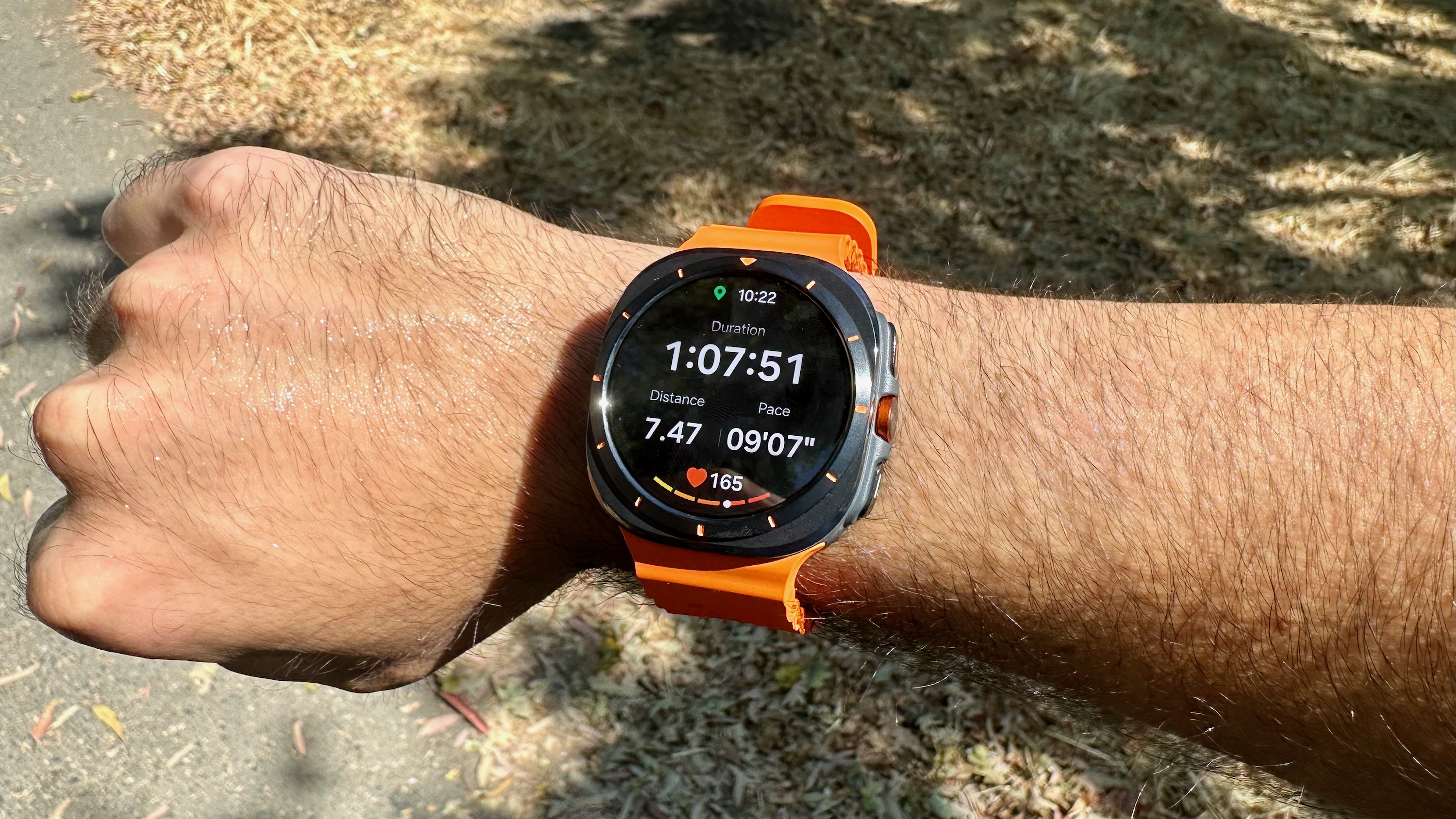
Specifications
Reasons to buy
Reasons to avoid
Most of our favorite fitness smartwatches share a common issue: poor battery life. If you use GPS tracking, you must charge the watch daily. Like its spiritual predecessor, the Watch 5 Pro, the Ultra has the same battery size. Still, its more power-efficient processor and latest OS give it an evident boost in battery life.
The good news is that the Samsung Galaxy Watch Ultra meets or exceeds Samsung's expectations in our Galaxy Watch Ultra review. You get three days of sleep tracking, continuous heart rate and blood oxygen monitoring, and even dual-band GPS tracking.
Samsung's latest design update may not be to everyone's taste. Some users will appreciate the changes, while others might miss more traditional elements. We still wish Samsung had included a proper crown to complete the smartwatch experience.
Although it comes at a premium, this watch is well worth considering, especially if you can snag it on sale. Its fitness and health tracking capabilities rival those of a Garmin, and it promises four years of Wear OS updates, plus a rugged design built to withstand harsh environments. Plus, with the One UI 8 update that includes new features like Running Coach, Vascular Load, and Antioxidant Index, it's a fitness fanatic's dream.
Best for health tracking
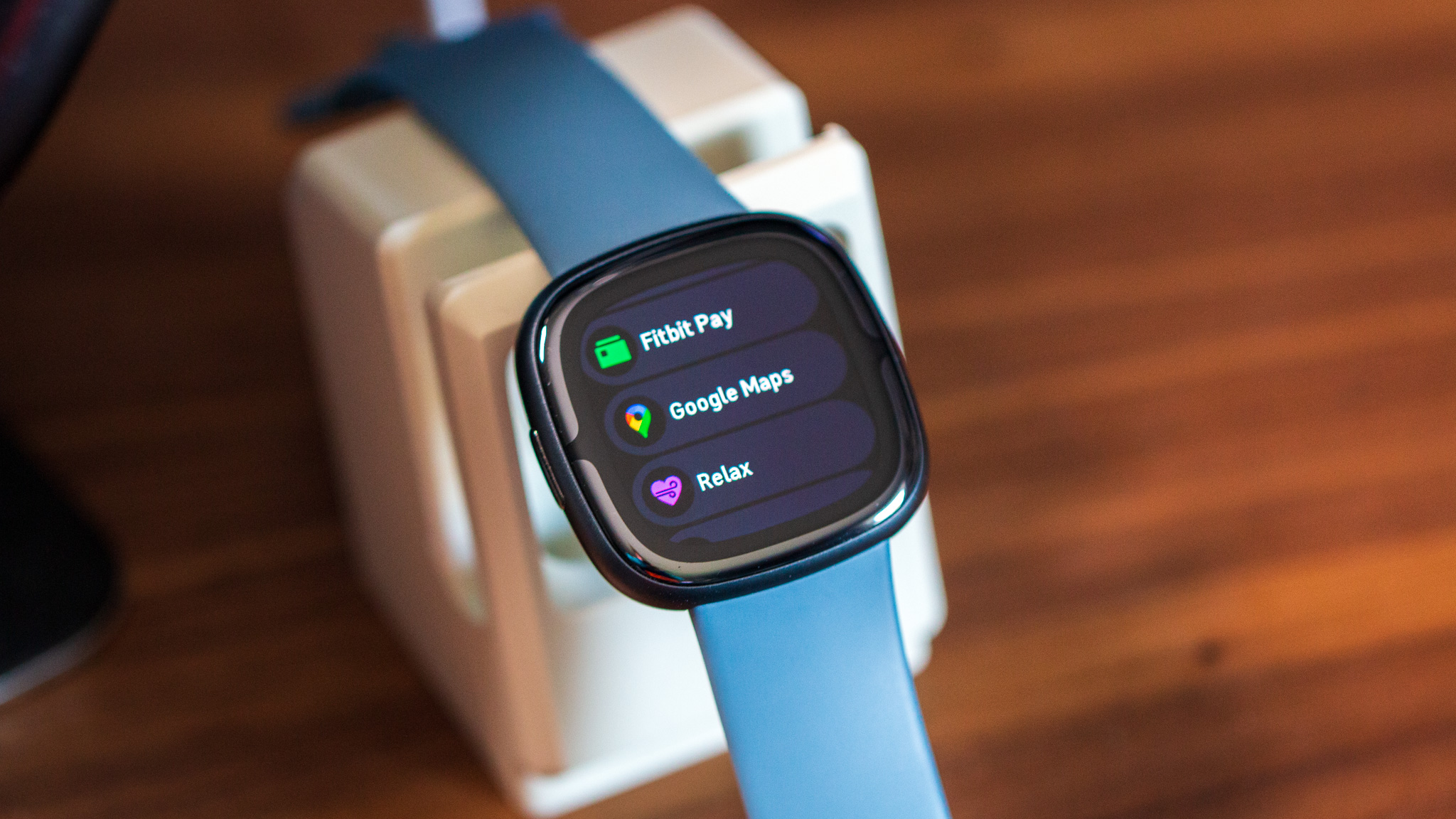
Specifications
Reasons to buy
Reasons to avoid
Resembling the original Sense, which struck a delicate balance between fitness and smartwatch tools, the Fitbit Sense 2 tips more toward the fitness side of the smartwatch spectrum. That's why we have the Pixel Watch 4 listed above it. Nevertheless, the Fitbit Sense 2 could be your top choice. It works with Android and iOS users and can last for days rather than hours.
The Fitbit Sense 2 omits some key smartwatch features, including Google Assistant, music storage, and a broad range of third-party apps. Still, Google's purchase brought useful perks such as Google Maps and Google Wallet. The first is especially impressive, offering turn-by-turn guidance for running and riding. You also get a built-in mic and speaker for taking Bluetooth calls or using voice assistants like Alexa or Siri, making it a capable fitness-first smartwatch with just enough smart functionality.
Our Fitbit Sense 2 reviewer noted that despite the "baffling" cutbacks in smart features, he valued the improved interface, a light version of Wear OS. The new physical button for selecting widgets is more reliable than the capacitive touch button of the last generation. The AMOLED display remains bright and readable as well.
The Fitbit Sense 2 offers up to six days of battery life with typical use; however, continuous GPS tracking reduces that to around five hours. It may not meet the demands of serious athletes like a Garmin watch might, but it's more than capable of everyday fitness tracking and easily beats the Pixel Watch 2 while offering a different design from the Pixel Watch 3 that some might prefer.
Best all-around alternative
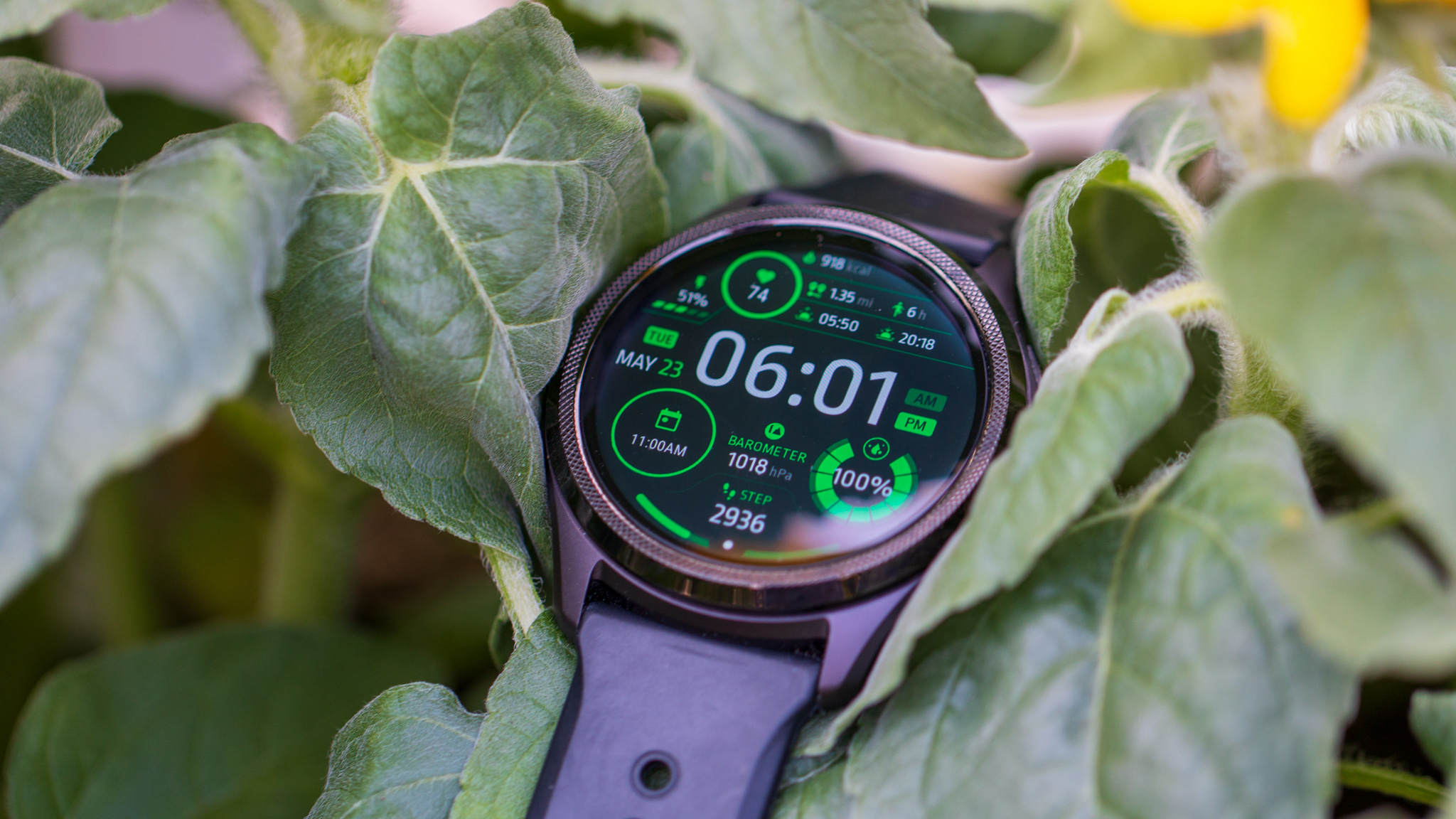
Specifications
Reasons to buy
Reasons to avoid
The Mobvoi TicWatch Pro 5 might not be the top pick in any fitness category, but it performs well across the board in areas where Google, Samsung, and Garmin typically lead. We included it here because it strikes a solid balance, especially if you like the Galaxy Watch 5 Pro but want something faster, newer, and more affordable.
Like the excellent TicWatch Pro 3 Ultra GP, the TicWatch Pro 5 has a massive battery, a MIL-STD-810G rating, and a dual-layer display that enables a low-powered "Essential Mode." It runs on a powerful Snapdragon Wear chip with double the RAM, four times the storage, and a new temperature sensor. Despite its larger size, the watch still delivers the same impressive three-day battery life as its predecessor, now enhanced by smoother, more capable Wear OS 3.5. It also supports Wear OS 4 for added features and refinements, but still doesn't have Google Assistant, which remains a disappointing missing feature.
Our TicWatch Pro 5 review commends the watch's "incredible performance" and "better than expected" health tracking across heart rate, blood oxygen, and skin temperature. Its fitness app calculates your VO2 Max and tells you how long it will take to recover after a workout, something many smartwatches either lack or charge a subscription fee to see. Otherwise, you can rely on other Wear OS fitness apps, such as Strava.
The TicWatch Pro 5 Enduro and the Pro 5 are electronically identical, with the distinction being a Sapphire Crystal Glass screen and a refreshed rotating crown. The upgrades don't justify spending $350 on the Enduro when the TicWatch Pro 5 is often on sale for $75 to $125. If both watches sell at full price, the Enduro is the better pick. But more often than not, your wallet will thank you for choosing the Pro 5, and you can put those savings toward some nicer bands instead.
Best for runners

Specifications
Reasons to buy
Reasons to avoid
During our tests, the Garmin Forerunner 265 emerged as the best running watch. Like our top pick, the Venu 3, the watch has a stunning display and music storage apps. Unfortunately, it doesn't have a speaker or mic, and the plastic on the case (not aluminum) is on the plain side for the same price.
We're including a second Garmin on our best fitness watch list because the Forerunner 265 delivers training tools that few others match. Runners, cyclists, and swimmers benefit from precise coaching, recovery insights, and detailed post-workout analysis that push them ahead of the pack. Unlike many other Forerunner models that rely on low-resolution, non-touch MIP displays, the 265 features a vibrant AMOLED display. It's easy to read; whether you're tracking intervals or checking a message mid-run, Garmin is a great option.
Our Garmin Forerunner 265 review delves in-depth into the extensive list of features that help you before, during, and after a run. While most lifestyle watches push you to close your daily rings or hit generic goals, the Forerunner 265 goes deeper; it monitors your fatigue and training load over the past week to gauge your current training readiness. From there, the watch tailors your suggested workout for the day and reminds you to take a break. When you're finished with your run, it shows how you've improved in both aerobic and anaerobic, along with a customized recovery time before your next session.
If that sounds like a lot, believe it or not, I'm just scratching the surface! Unless you want to upgrade to the Forerunner 965 for full-color maps and real-time stamina tracking, the Forerunner 265 offers the best fitness watch experience possible.
There is also the more affordable Forerunner 165, which has the same GPS/HR accuracy as the 265, for $200 less. However, it overlooks some key data points we value, such as training load and status.
Best for beginners
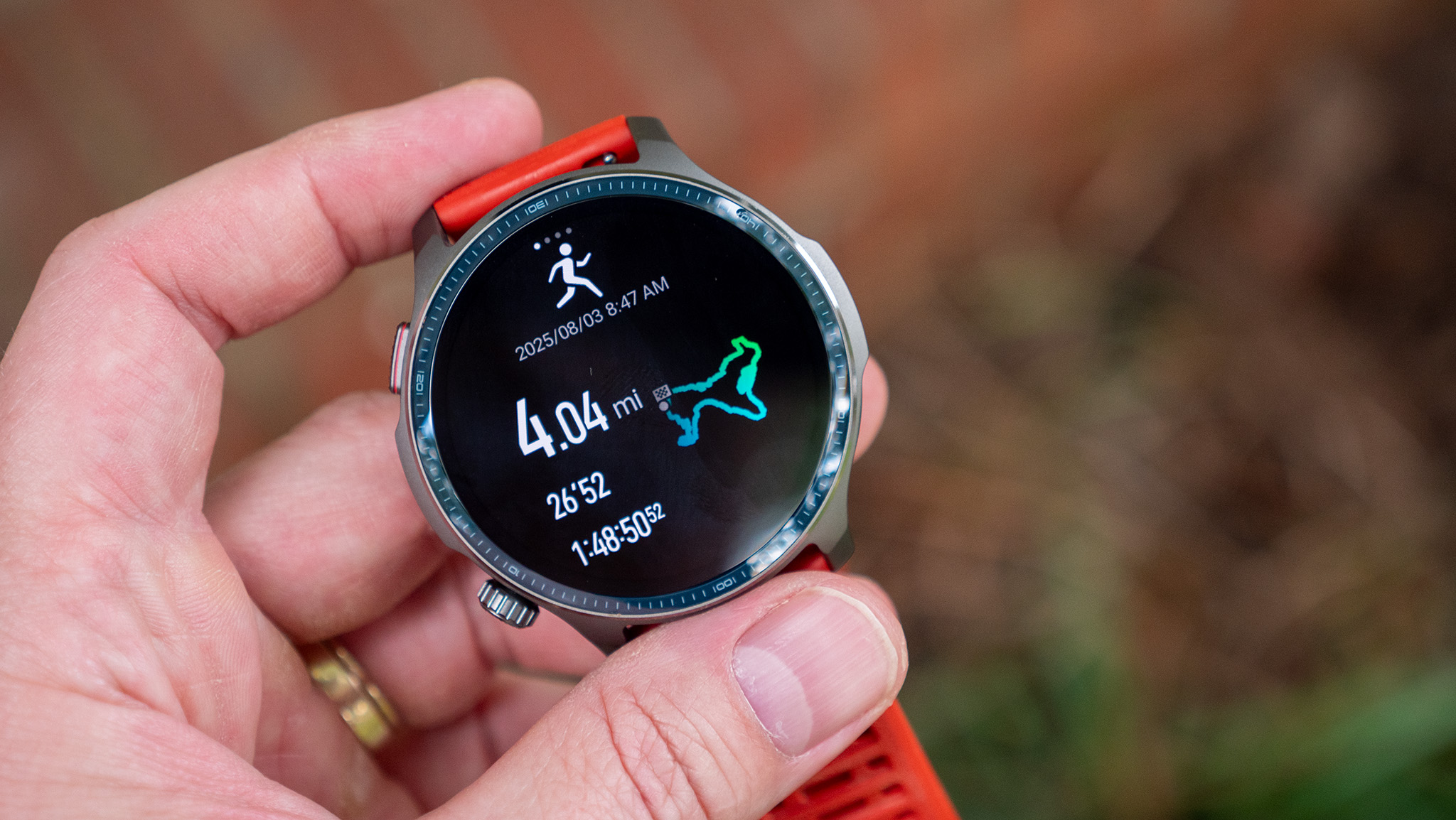
8. Amazfit Balance 2
Our expert review:
Specifications
Reasons to buy
Reasons to avoid
If you're shopping for your first smartwatch, it's easy to feel overwhelmed by the sheer number of options and their sometimes steep prices. But don't worry. Many brands build watches, especially with beginners in mind, meaning you don't need every high-end feature to get started. That's where the Amazfit Balance 2 shines: it delivers essential health and fitness tools at a significantly lower price than most of the picks on our list.
The Balance 2 builds on the original Balance with new features, including HYROX training, scuba support, insightful AI-powered coaching that actually works, and a brighter sapphire-glass display. The large 1.5-inch AMOLED display is bright enough for outdoor use, and the upgraded sapphire glass and aluminum frame give the watch a premium, durable feel. Battery life remains a highlight, easily lasting up to two weeks in everyday use. While it's heavier than past models, it still looks sharp enough to wear all day.
Even though Zepp OS is limited, it's very easy to use and understand, and its simplicity helps the watch last for two weeks per charge (or one with heavy use). The Amazfit Balance 2 pushes even closer to Wear OS territory, offering features such as Bluetooth calling through its built-in speaker and microphone. It also supports smart replies with a full QWERTY keyboard, making it easier to respond on the go. You'll find a solid mix of built-in apps, including NFC for payments via Zepp Pay.
It's not without its limitations, but for less than $150, the Amazfit Balance 2 is a fantastic fitness tracker and smartwatch. There's a good reason why it's our number one pick for the best Amazfit smartwatch overall.
How to choose
The ultimate fitness smartwatch offers numerous sporting and workout modes that can be applied to real-world scenarios, including comprehensive health and workout tracking functionalities. It provides valuable feedback and analytics that you can benefit from. Getting a wearable device with a heart rate monitor and as many other sensors as needed for health, sleep, and stress tracking is essential.
It would be nice to have Google Wallet support, but it's not a dealbreaker when picking your next smartwatch. What really matters is having a device that acts like a personal health and fitness coach, guiding your workouts, tracking your progress, and helping you stay on top of your goals. A great fitness smartwatch should do all that; the best ones make it feel effortless.
The Garmin Venu 4 strikes the best balance for most athletes, offering a mix of a polished design, robust fitness tracking, and a handful of smartwatch extras. That said, it leans more toward the fitness-first experience, even with built-in music storage, a mic, and a speaker for calls. If you're looking for a watch that prioritizes smart features with some fitness on the side, the Pixel Watch 4 may be a better fit.
If fitness is your top priority, it's worth considering brands like Garmin, Fitbit, or COROS, all of which are known for their health-first approach. These fitness-focused watches skip the extra, battery-draining apps in favor of features that actually support your training. You'll get daily workout suggestions, recovery insights, and tools that help you improve over time. By comparison, most lifestyle smartwatches simply remind you to close your rings or hit step goals without offering much deeper guidance.
Your preferences are your own, but whichever way you lean, these picks should help guide you toward a healthier body or your next personal record.
FAQ
What smartwatch should I get?
If you're a fitness enthusiast and you're wondering what smartwatch to get, you should first look at the Garmin Venu 4. It offers a nice balance between smartwatch and fitness watch, sporting Garmin's latest sensor, long battery life, and plenty of fitness modes. Plus, it's fairly affordable and much cheaper than many premium Garmin smartwatches.
If you're looking for a more traditional smartwatch with fitness capabilities, the Google Pixel Watch 4 has been our favorite smartwatch of the year after the Galaxy Watch 8. It offers decent battery life, fast processing, Material 3 Expressive with improved Tiles, and Gemini-based fitness features.
How does a smartwatch measure sleep?
Smartwatches can detect and measure your sleep when you wear them to bed. They use a combination of sensors to determine when you're asleep, such as movement and heart rate. These measurements, which include HRV, can also help determine your sleep stages throughout the night, and any time spent awake (whether you remember it or not) will detract from your total sleep time.
More advanced watches will also take various measurements throughout the night. Garmin watches like the Venu 4 will measure respiration rate and blood oxygen saturation (Pulse Ox), while the Pixel Watch 4 tracks skin temperature and SpO2. Galaxy smartwatches can even record noises such as snoring and features sleep apnea detection.
How to connect smartwatch with phone
To connect a smartwatch to a phone, you'll have to start by downloading the smartwatch companion app. For Garmin watches, it's Garmin Connect, for Pixel Watches, it's the Google Pixel Watch app, and for Galaxy Watches, it's the Galaxy Wearable app.
Once you start the app, it will walk you through the process of pairing the watch with the phone, which will use a Bluetooth connection to do so. If the pairing codes match, follow the on-screen instructions to ensure the pairing is successful.
Can a smartwatch measure blood pressure?
Some smartwatches have blood pressure measuring capabilities, but not all. Samsung's Galaxy Watch models from the Watch 3 and later have this feature, as well as the Apple Watch Series 9 and later. Dedicated health-focused watches may also include blood pressure monitoring features.
How does a smartwatch measure blood pressure
Capable smartwatches utilize optical sensors, such as the Photoplethysmogram (PPG) sensor, to analyze blood vessels and pulse rate. However, these methods need to be calibrated with a dedicated blood pressure cuff every so often, meaning you can't just rely on your smartwatch alone.
Both Samsung and Apple's methods can help determine if someone is suffering from high blood pressure, but they stress that their watches cannot diagnose hypertension and that users should visit a doctor if their watches detect any signs of high blood pressure.
Can a smartwatch burn your wrist?
Smartwatch burns are possible but not particularly common. What users think are burns are normally just contact dermatitis caused by things like improper fit or even reactions to materials on the band or watch itself.
To avoid discomfort, make sure not to wear your smartwatch too tightly on your wrist, regularly clean your watch and your wrist after, and try to use different types of bands to see what feels best on your wrist.
If you notice an uncomfortable and itchy rash, remove the smartwatch for some time to allow it to heal and to give your wrist a break. You may also apply an ointment to reduce the discomfort while it's healing.
How can a smartwatch measure blood sugar?
Right now, there are no traditional smartwatches with approved on-device, non-invasive blood sugar measuring capabilities. However, smartwatches can connect to third-party blood glucose monitors to transmit readings to the watch.
How to wear smartwatch strap
There are various types of smartwatch straps, but regardless of the type you have, you want to make sure that you wear it tight enough so that it's not loose, but loose enough so that it's not uncomfortable. How tightly wear your strap can affect the accuracy of the sensors or can lead to contact dermatitis, which can cause a rash with an itchy, burning sensation.
Are fitness watch calories burned accurate?
While using your fitness watch to monitor the calories burned during an exercise, you should take this with a grain of salt. This is because smartwatches don't all measure this metric the same way, due to proprietary algorithms, different sensors, and other factors. How one's body burns calories may also vary from the next person, and watches may be better at measuring some activities better than others.
Therefore, you should use this number solely as an estimate to guide your daily fitness tracking, which is something to keep in mind for anyone counting calories.
How does a smartwatch count your steps?
In most cases, smartwatches use an accelerometer to detect your movements and will utilize an algorithm to determine how many steps you're taking. Watches may also utilize a gyroscope to enhance this data. That said, it should be noted that step counts are rarely 100% accurate, as algorithms can over- or underestimate steps and may not always be able to discern certain types of movement from steps.
Can a smartwatch record audio?
Smartwatches with built-in microphones can record audio, particularly if they have features or apps that are made to take advantage of it. Smartwatches, such as those from Google and Samsung, have built-in recording apps, while Galaxy Watch models can also record sleep audio to detect if and when you snore.
- Smartwatch deals: Best Buy | Walmart | Amazon | Samsung | Dell
- Fitness tracker deals: Best Buy | Walmart | Amazon | Dell
Get the latest news from Android Central, your trusted companion in the world of Android

Michael is Android Central's resident expert on wearables and fitness. Before joining Android Central, he freelanced for years at Techradar, Wareable, Windows Central, and Digital Trends. Channeling his love of running, he established himself as an expert on fitness watches, testing and reviewing models from Garmin, Fitbit, Samsung, Apple, COROS, Polar, Amazfit, Suunto, and more.
- Derrek LeeManaging Editor
- Roydon CerejoContributor
- Namerah Saud FatmiSenior Editor — Accessories
